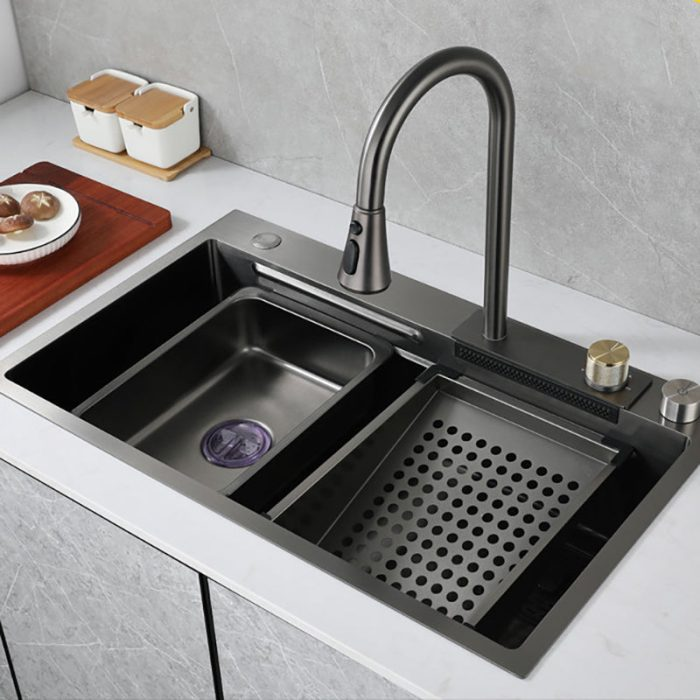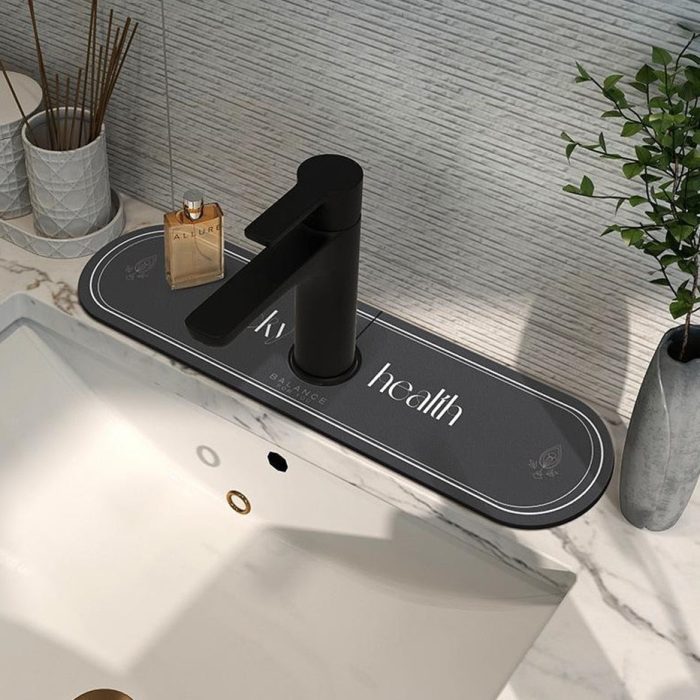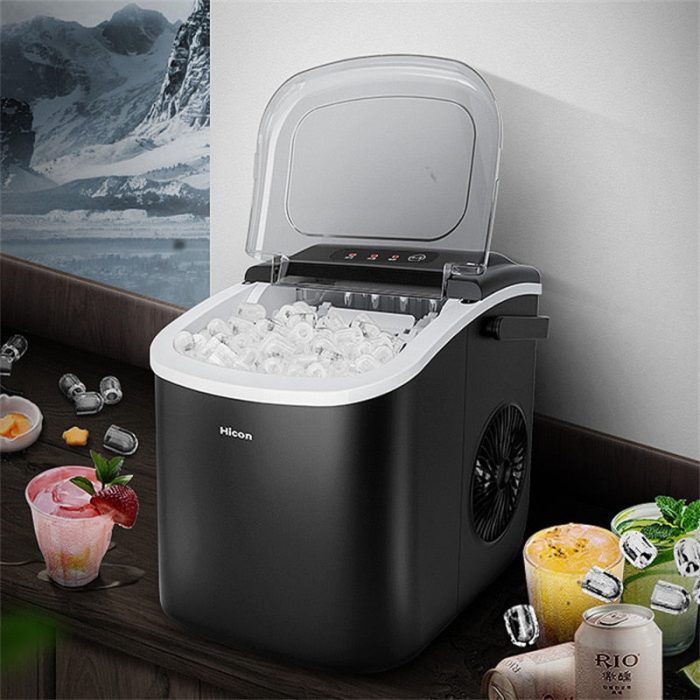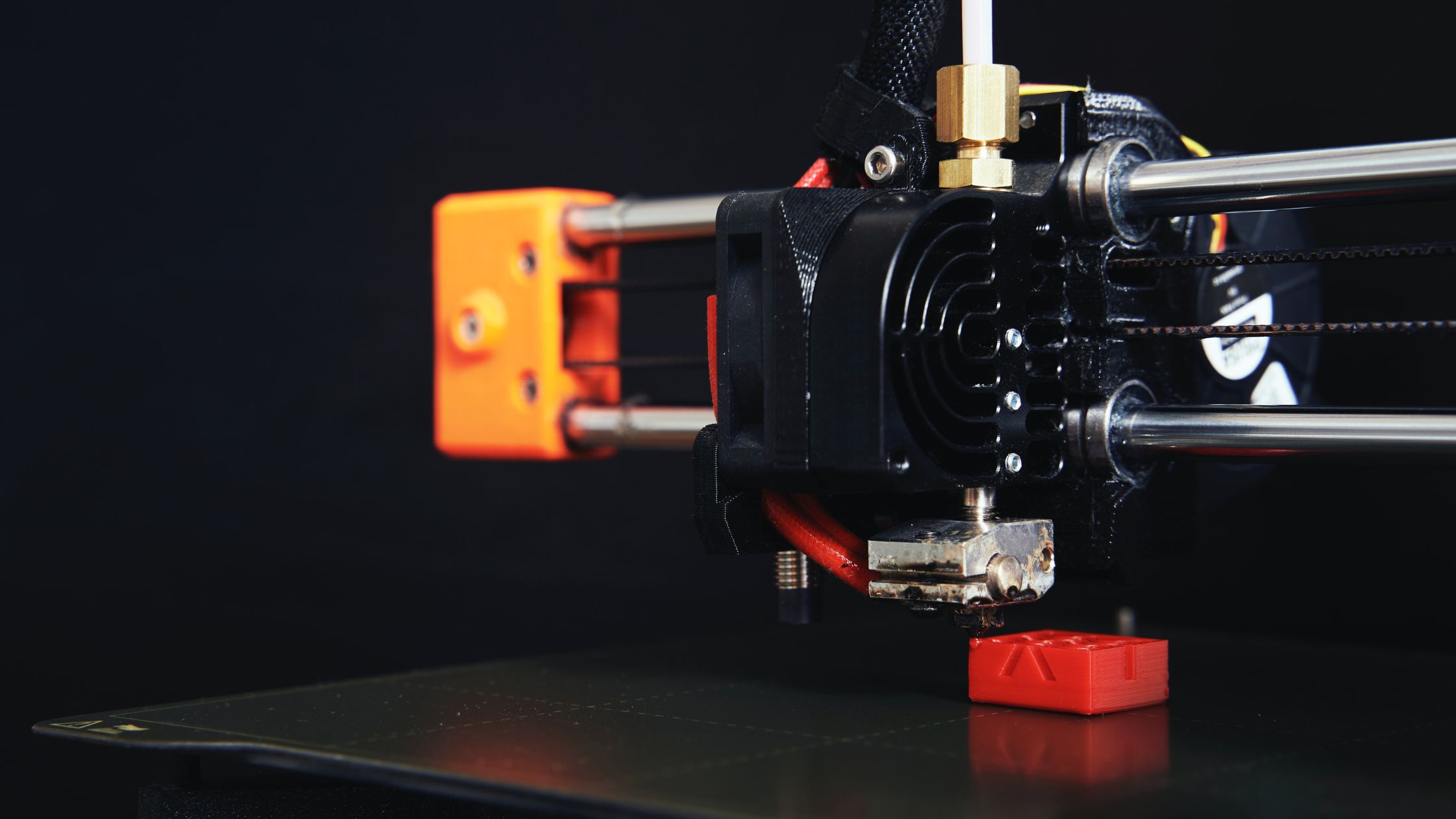The future of food has arrived in our kitchens, and it’s not coming from a farm or a factory, but a printer. 3D food printers, once a novelty, are rapidly becoming a staple in modern homes. As these unique appliances continue to evolve and become more accessible, they’re changing the way we prepare and consume food.
What is 3D Food Printing?
At its core, 3D food printing is a form of additive manufacturing that layers edible materials—like dough or chocolate—to create complex shapes and structures that are difficult to achieve by hand. The process begins with a digital blueprint or a 3D model that guides the appliance on what to print. This technology has the potential to transform the culinary landscape by personalizing nutrition, reducing food waste, and creating intricate designs.
The Allure of 3D Printed Food
The appeal of 3D food printing is multifaceted. For food enthusiasts and home cooks, these printers offer a novel way to experiment with food presentation and preparation. Intricate designs, precise measurements, and personalized creations are all possible at the touch of a button.
For individuals with specific dietary requirements, 3D food printers can offer a new level of control. The ability to customize nutritional content, such as vitamins, proteins, and carbohydrates, is a game-changer for those with health conditions or fitness goals.
The Home Market for 3D Food Printers
The market for 3D food printers in the home is growing as manufacturers strive to make these devices more user-friendly and affordable. 3D food printers can now be found in a variety of sizes and price points to accommodate various needs and budgets.
Companies like Foodini, ChefJet, and PancakeBot are leading the way, providing home cooks with the opportunity to experiment with everything from printed pasta and pizza to intricately designed desserts. These appliances are not only becoming more accessible, but also increasingly sophisticated, capable of printing with a wide variety of ingredients.

This sink is perfect for the modern kitchen. Its sleek design and stainless steel finish make it a stylish addition to any space. The sink is also extremely functional, with a large bowl that is perfect for washing dishes or preparing food. The sink is easy to clean and maintain, and it will look great in your kitchen for years to come.
Challenges and Future Prospects
While 3D food printing offers exciting prospects, it also comes with challenges. One of the main hurdles is speed. Most 3D food printers currently on the market are relatively slow, which can limit their practicality for everyday use.
Furthermore, the technology is still in its early stages. While it’s possible to print a variety of foods, there are limitations regarding taste and texture. As the technology advances, we can expect to see improvements in these areas.
Despite these challenges, the future of 3D food printing appears bright. As we move toward a more tech-driven world, the integration of digital technology with our daily eating habits seems inevitable. In the not-so-distant future, printing your snacks and meals may be as commonplace as using a microwave.







